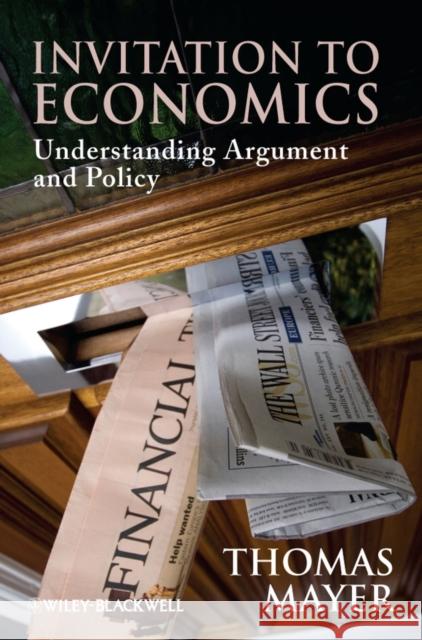Invitation to Economics: The Mediation of Difference » książka
topmenu
Invitation to Economics: The Mediation of Difference
ISBN-13: 9781405183581 / Angielski / Twarda / 2009 / 352 str.
Invitation to Economics empowers the reader to spot naive and spurious economic arguments by inculcating an intuitive 'feel' for economics.
- A unique and critical guide to understanding economic arguments in the media
- Focuses on microeconomics, specifically on the idea that economic policies often have important indirect effects
- Key ideas are applied repeatedly in numerous case studies drawn from newspapers and other media
- Economic principles are presented in an accessible and non-rigorous format using case studies
- Incorporates the value judgments and political judgments that underlie economic policies











